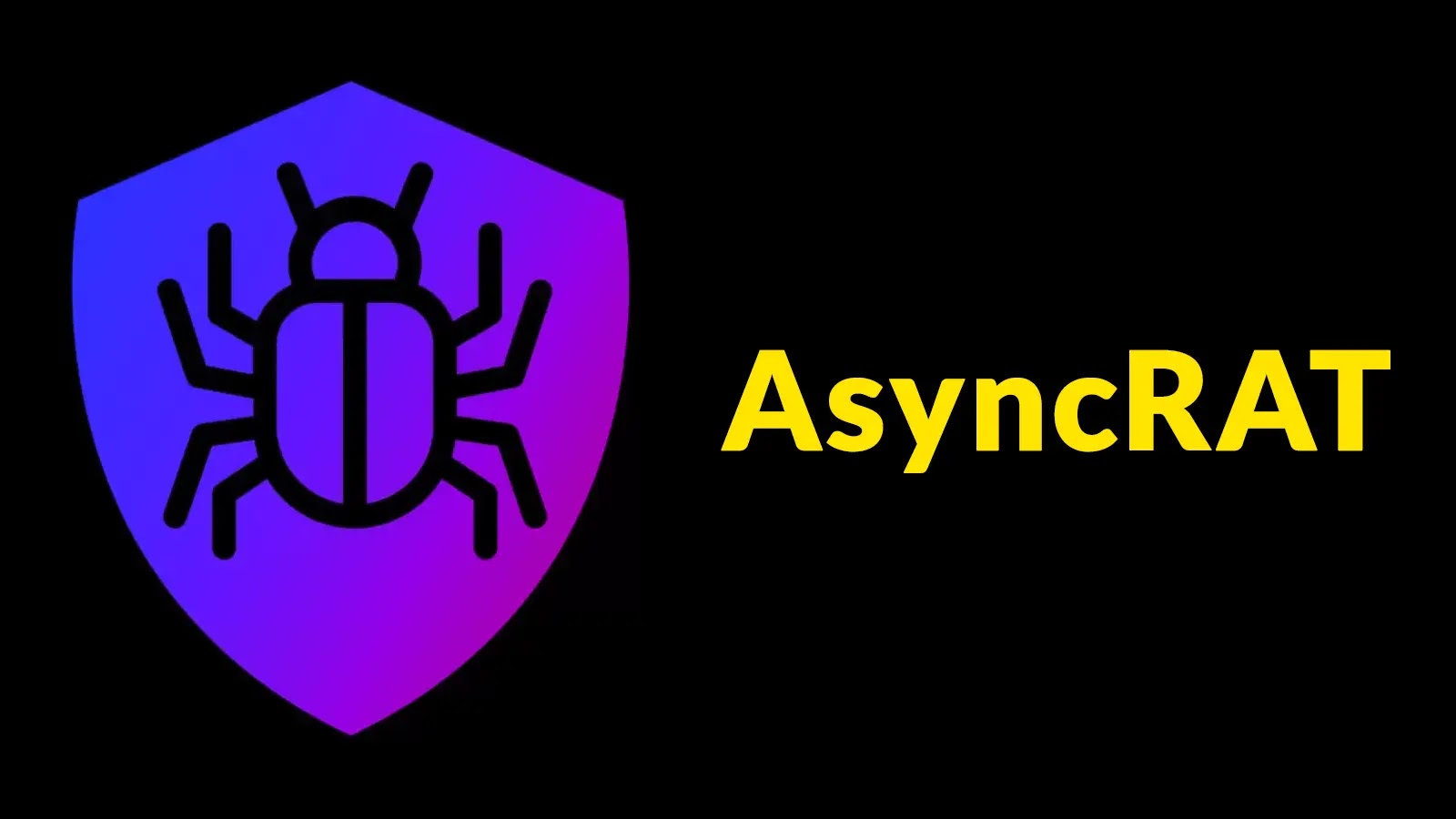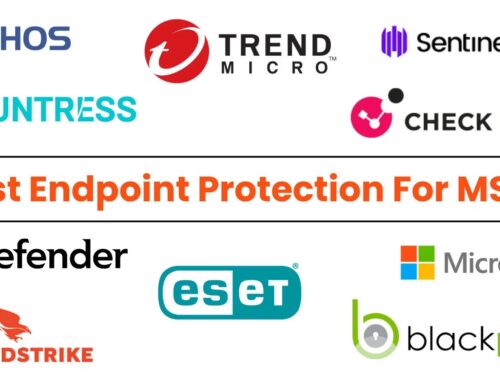
AsyncRAT Uses Fileless Loader to Bypass Detections and Gain Remote Access
The Silent Threat: AsyncRAT’s Fileless Onslaught and How to Fight Back
The digital defense landscape faces a perpetual challenge: malware that learns, adapts, and evades. Traditional security measures, relying heavily on signature-based detection and disk-centric analysis, are increasingly outmatched by sophisticated adversaries. A recent surge in observed campaigns highlights this escalating threat, with the potent AsyncRAT remote access Trojan (RAT) now leveraging a fileless loader to bypass detections and gain insidious remote access. Understanding this evolving tactic is crucial for any organization aiming to fortify its cyber defenses.
Understanding Fileless Malware and AsyncRAT
Fileless malware operates by executing malicious code directly in memory, exploiting legitimate system tools and processes rather than dropping executable files onto the disk. This approach makes it exceptionally difficult for traditional antivirus software, designed to scan and quarantine files, to detect. By living off the land, these threats leave minimal forensic traces, complicating incident response and attribution.
AsyncRAT is a powerful and highly versatile remote access Trojan known for its extensive capabilities, including remote desktop control, file management, keylogging, and exfiltration of sensitive data. Its adoption of a fileless loader represents a significant leap in its stealth and persistence. Instead of a conventional executable payload, AsyncRAT now injects its malicious code directly into the memory space of legitimate processes. This allows it to operate entirely in RAM, effectively sidestepping the disk-based scrutiny that many enterprise security solutions rely upon.
How AsyncRAT Leverages Fileless Techniques
Security researchers have detected a marked increase in AsyncRAT campaigns utilizing this advanced evasion technique. The attack typically begins with a well-crafted phishing email or compromised legitimate website, leading a user to unknowingly execute a small payload. This initial payload, often a script or a highly obfuscated piece of code, does not write anything permanent to the disk. Instead, it leverages built-in system tools like PowerShell, Windows Management Instrumentation (WMI), or even .NET Reflection to load the AsyncRAT malicious payload directly into memory. This “living off the land” approach turns trusted system binaries against the very systems they are designed to protect.
The absence of traditional files also means that the malware can persist across reboots by embedding itself into legitimate processes that are configured to start with the system, or by establishing scheduled tasks that re-inject the payload into memory without writing to disk. This persistence mechanism, combined with its fileless nature, makes AsyncRAT a particularly formidable threat.
One common technique involves the use of Reflective DLL Injection, where a malicious DLL (containing AsyncRAT) is loaded directly into a process’s memory space without ever touching the disk. This technique further complicates detection, as there is no traditional file to analyze or signature to match against disk-based indicators of compromise (IoCs).
The Impact of Advanced Evasion and Remote Access
The primary impact of AsyncRAT’s fileless approach is its ability to bypass conventional endpoint detection and response (EDR) systems that primarily focus on file-based indicators. Once successfully injected into memory, AsyncRAT grants attackers extensive remote access, enabling them to:
- Exfiltrate Data: Access and steal sensitive corporate data, intellectual property, and personal identifiable information (PII).
- Maintain Persistence: Establish a foothold within the network, often undetected for extended periods, allowing for lateral movement.
- Deploy Additional Payloads: Download and execute other malicious tools or ransomware directly into memory, escalating the attack.
- Perform Reconnaissance: Map out the network, identify critical assets, and gather intelligence for future attacks.
- Lateral Movement: Use the compromised system as a pivot point to move deeper into the network, infecting other machines.
While no specific CVE has been assigned to AsyncRAT itself as a piece of malware, the techniques it exploits often leverage vulnerabilities or misconfigurations in legitimate software. For example, insecure PowerShell configurations or outdated .NET frameworks could indirectly contribute to the success of such attacks. Keeping systems patched and configurations secure is paramount. While not directly related to AsyncRAT’s fileless loader, vulnerabilities like those found in CVE-2023-21529 (for .NET framework) or misconfigurations related to CVE-2017-0209 (related to PowerShell execution policy bypass, though older) underscore the importance of securing the underlying components exploited by fileless malware.
Remediation and Mitigation Actions
Combating fileless threats like AsyncRAT requires a multi-layered and proactive cybersecurity strategy:
- Advanced Endpoint Detection and Response (EDR): Implement EDR solutions capable of behavioral analysis, memory forensics, and process monitoring. These tools can detect anomalous activities in memory, even without a file on disk.
- Regular Security Awareness Training: Educate employees on phishing tactics, social engineering, and the dangers of clicking on suspicious links or opening unsolicited attachments.
- Principle of Least Privilege: Limit user and process privileges to the absolute minimum necessary. This reduces the blast radius if an account or process is compromised.
- Application Whitelisting: Implement application whitelisting solutions to prevent unauthorized executables and scripts from running. This can significantly restrict the ability of fileless malware to execute.
- Network Segmentation: Segment your network to limit lateral movement if one segment is compromised. This can contain the spread of malware and reduce its impact.
- Robust Patch Management: Regularly update operating systems, applications, and frameworks (especially PowerShell and .NET) to patch known vulnerabilities that attackers might exploit.
- PowerShell and WMI Logging: Enable extensive logging for PowerShell, WMI, and other scripting tools. Monitor these logs for suspicious command execution, unusual script activity, or excessive resource usage.
- Memory Forensics: Integrate memory forensics into your incident response plan. Tools capable of analyzing RAM dumps can help identify malicious code resident in memory.
- Heuristic and Behavioral Analytics: Beyond static signatures, employ security solutions that use heuristic analysis and behavioral detection to identify suspicious patterns, regardless of whether a file is present.
Recommended Tools for Detection and Mitigation
| Tool Name | Purpose | Link |
|---|---|---|
| Sysmon | Advanced logging and monitoring of process creation, network connections, and file system activity. Crucial for detecting living-off-the-land techniques. | https://learn.microsoft.com/en-us/sysinternals/downloads/sysmon |
| Volatility Framework | Open-source memory forensics framework for extracting digital artifacts from volatile memory (RAM) samples. Excellent for post-exploitation analysis. | https://www.volatilityfoundation.org/ |
| Red Canary – Atomic Red Team | A continuously expanding library of tests mapped to MITRE ATT&CK, including tests for fileless techniques. | https://github.com/redcanaryco/atomic-red-team |
| PowerShell Protector | Although less common as a standalone product, enterprise EDR solutions often integrate PowerShell script analysis and protection features. | (Integrated into EDR solutions) |
Conclusion
The evolution of AsyncRAT to incorporate fileless loading techniques underscores a critical shift in the threat landscape. Traditional defense mechanisms are increasingly insufficient against adversaries capable of operating entirely in memory. To effectively defend against such sophisticated attacks, organizations must adopt a proactive, multi-layered security posture that prioritizes behavioral analysis, robust logging, continuous monitoring, and employee education. Staying ahead of these stealthy threats requires a deeper understanding of how they operate and a commitment to implementing advanced detection and response capabilities.





